MY BOOK WORLD

These six lengthy stories and one novella stand as jewels in Towles’s already glittering list of works: A Gentleman in Moscow being my favorite. These works exhibit the same inventiveness and wit. My favorite story, perhaps, is “The Ballad of Timothy Touchett.” Touchett is a young writer who moves to NYC at the turn of this century. He finds work, toiling for a Mr. Pennybrook, a “purveyor of used and rare editions.” Pennybrook is much more, as Touchett soon finds out. Because of Timothy’s ability to mimic handwritings, he is lured into “signing” editions, which Pennybrook then pawns off as the real thing, providing Timothy with what seems like a hefty bonus to a young man attempting to live in the city ($50 per signature). Of course, readers can imagine where this sort of behavior leads, but it’s how they arrive at that point: what Touchett must experience before experiencing his comeuppance. The author’s approach seems a bit Dickensian but also somewhat like metafiction, in which he turns to his readership and reveals perhaps his own points of view.
In the novella, Eve in Hollywood, set in 1938, one Evelyn Ross takes a train to Chicago, but instead of meeting her parents who have driven in from Indiana, she boards one to Los Angeles. Ross is beautiful save for one thing: she bears a long scar across her face, which turns some away. Perhaps because of the scar, she has learned to bear rejection and doesn’t worry about such behavior. She marches to her own drum. Towles has lifted this character from his first novel, a curious idea but one I admire (sometimes writers are just not finished with a character), and takes her on this noir-like voyage of mayhem and murder. Enough said. If you’re a fan at all of Towles’s work, you will enjoy this delightful collection of “Fictions,” as he forms his book’s subtitle.
Up Next:
TUES: A Writer's Wit | Miriam Toews
WEDS: A Writer's Wit | Susan Dodd
THURS: A Writer's Wit | Margaret Fuller
FRI: My Book World | Sharot & Sunstein, Look Again






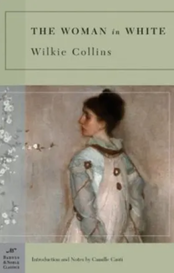


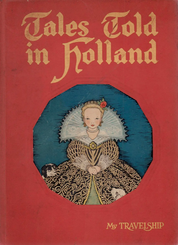
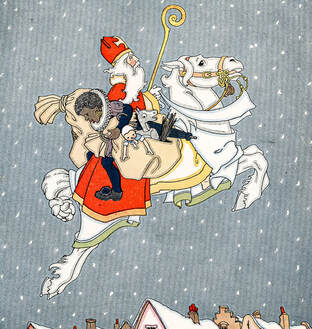





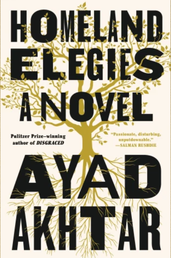

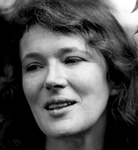
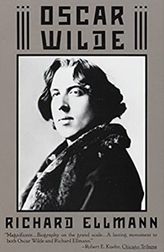


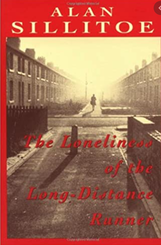


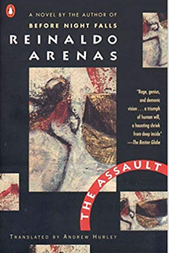


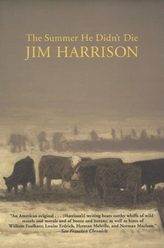


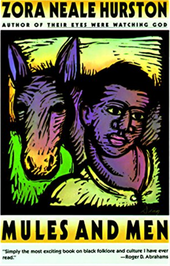





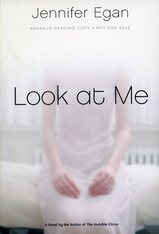


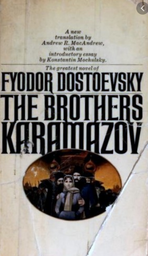

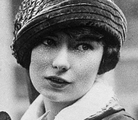
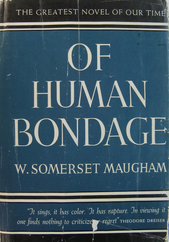


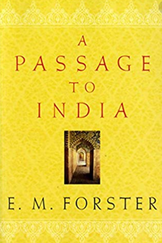


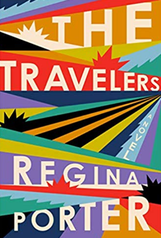
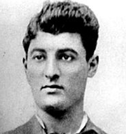



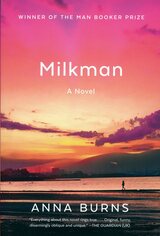




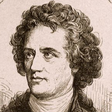

 RSS Feed
RSS Feed